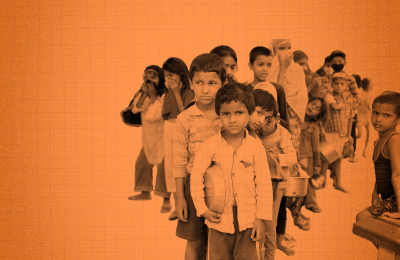
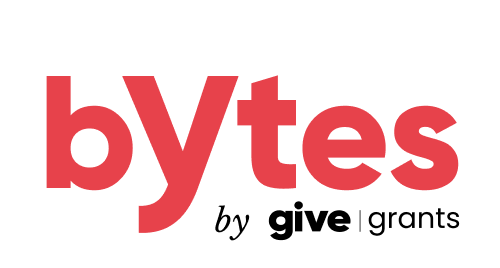
“Bytes: Practical Research for CSR” is a series by Give Grants designed to decode and demystify the extensive social impact research and data available in the form of clear and actionable insights for CSR practitioners in India.”
What is ultra-poverty?
The term “ultra-poor” was coined in 1986 by Michael Lipton, defining those who eat below 80% of their energy needs while spending over 80% of their income on food. These individuals live on far less than the World Bank’s extreme poverty line of $2.15 a day, often for generations, trapped in a cycle of low income and limited opportunities. Unlike the dynamic nature of extreme poverty, where families might occasionally fall below the $2.15 mark, the ultra-poor consistently remain below this threshold.
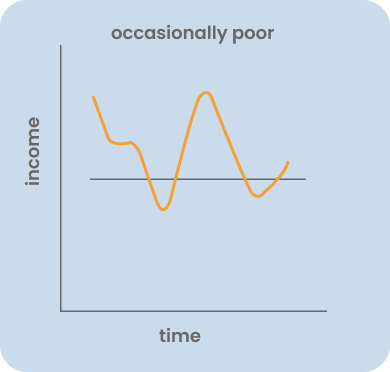
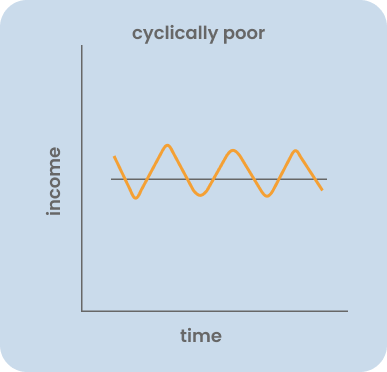
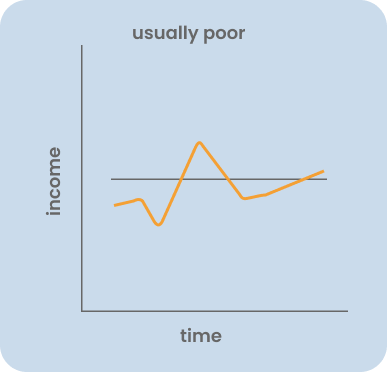
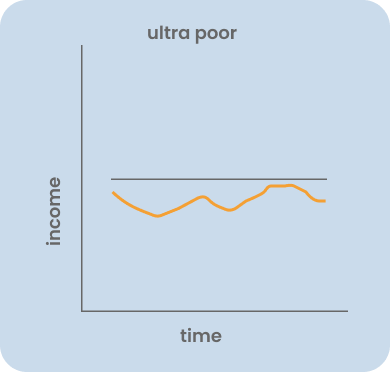
In contrast to the general poor, who may still access basic needs and informal work, the ultra-poor are entirely destitute. They lack assets, skills, and supportive social networks, and they are often geographically isolated in rural areas with limited access to education, healthcare, and formal labor markets. These factors trap them in chronic poverty without stable opportunities for improvement. Globally, about 700 million people live in such conditions, including 23 million in India.
Introducing the Graduation Approach
BRAC’s Graduation Approach, first piloted in Bangladesh in 2002, aims to address extreme poverty through a mix of interventions. By offering these in the right sequence, households can “graduate” from poverty to sustainable livelihoods. A 2007-2014 randomized control trial (RCT) showed significant results, including increased work among women, a 21% rise in annual earnings from livestock, and higher monthly consumption and assets. Since 2009, over 100 organizations in more than 50 countries have adopted this approach, reaching nearly 14 million people.
In India, the model has been in practice since 2006, with pilot programs funded by the Ford Foundation and implemented by non-profits like Bandhan Konnagar. These pilots led to successful outcomes, with 75-98% of participants graduating out of ultra-poverty. As a result, the model has been adopted by other non-profits and State Livelihood Programs, impacting around 100,000 households. In March 2024, the Ministry of Rural Development (MoRD) partnered with J-PAL South Asia as a knowledge partner to further adapt the Graduation Approach to support rural women in achieving self-sufficiency.
What is the Graduation Approach?
The graduation approach is based on 4 core pillars:
- Social protection – provides immediate support to meet basic needs as participants start their journey.
- Livelihood promotion – supplies training and assets to help participants build sustainable income sources.
- Financial inclusion – connects participants with savings options and financial literacy to foster resilience.
- Social empowerment – offers regular coaching and mentorship to build confidence and social networks.
The Graduation Approach, based on several Ford Foundation and CGAP pilot studies, is based on 4 core pillars and 6 key components, spread over 18-36 months.
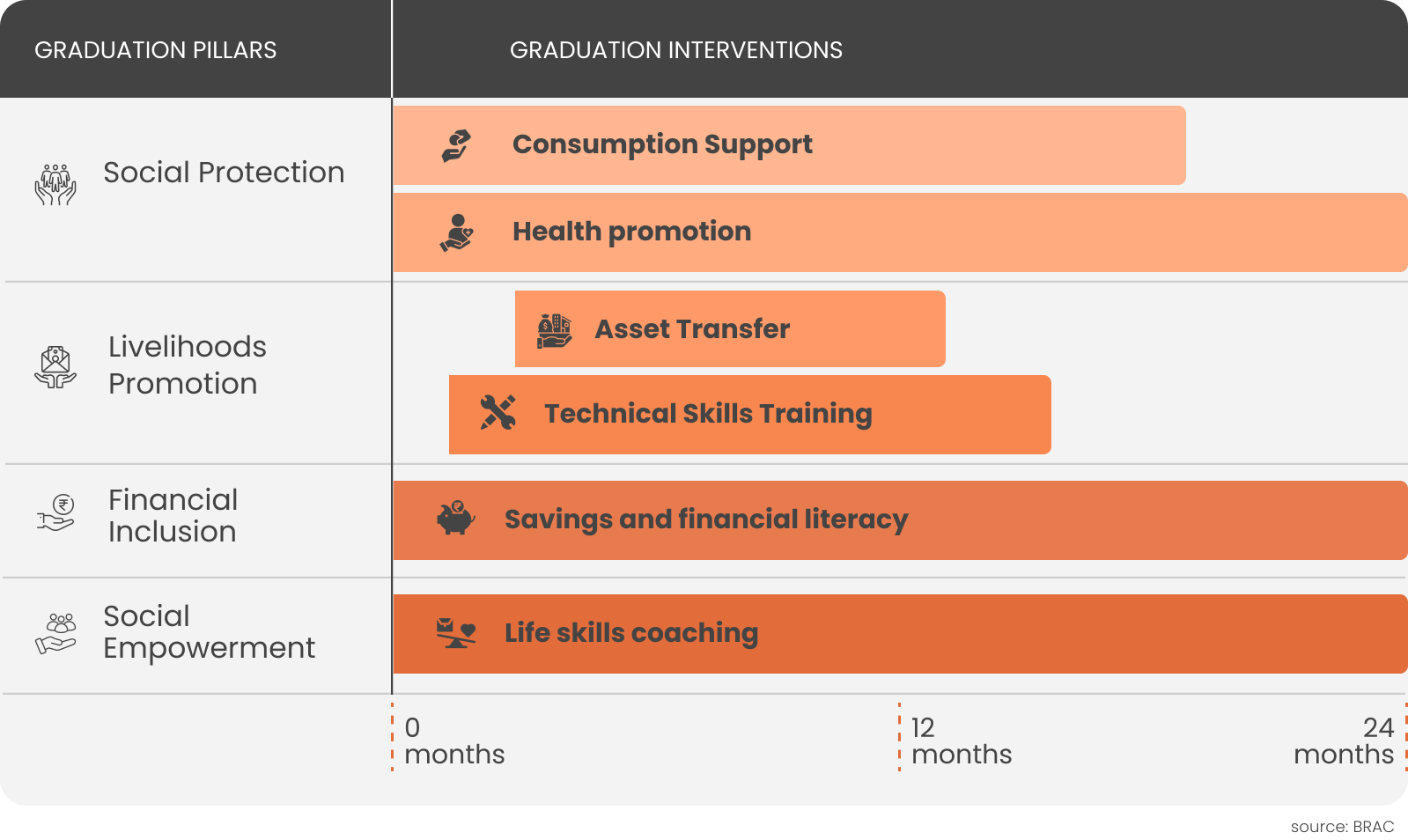
- Consumption Support – cash or in-kind aid to meet immediate basic needs, allowing families to stabilize
- Savings and financial literacy – financial resilience by encouraging savings and financial literacy.
- Market Analysis and Asset Transfer – aligns income activities with participants’ skills and market demand, providing essential assets to get started
- Technical Skills Training – focused, short-term training related to the chosen livelihood
- Life skills coaching key skills with high impact – decision-making, negotiation, leadership, and community engagement
- Health promotion – healthcare access and literacy, offering support to reduce health costs
Impact of Graduation Approach
Single-focus interventions like microfinance initiatives led by Grameen Bank, have provided financial independence but mainly focus on economic aspects, overlooking challenges like skills and healthcare. Similarly, cash transfers offer short-term benefits but lack the long-term sustainability of the Graduation Approach, which builds capacity and resilience. Considered superior in addressing ultra-poverty, the Graduation Approach uses a holistic strategy, with randomized control trials showing its lasting, transformative impact on the lives of the ultra-poor. Its adaptability and success across 16 countries make it a compelling model for global poverty eradication efforts.
Quantitative Gains
- Household income increased by up to 65%, influenced by market conditions and asset choices.
- In Congo, women saw a 19% income increase and men 62%, with women’s income rising to 35% the following year.
- In Bangladesh, the program recorded a 21% income increase and a 14% higher likelihood of escaping poverty over four years.
- Monthly consumption increased by 11% to 30%, improving food security and asset accumulation.
- Financial inclusion improved, with increased borrowing and savings among participants.
- In some locations, income sources diversified, with notable increases in non-farm income and livestock revenue.
In Ghana, non-farm income rose by 91%, and households saw a 50% increase in revenue from livestock.
Improved Well-being
Women experienced greater agency and decision-making power, leading to increased ownership of productive assets and control over income, boosting welfare, gender equity, and economic participation. In Nepal, 6 out of 10 women were more likely to control decisions on livestock sales and 30-40% more likely to manage income from livestock. Additionally, 5 out of 9 studies reported improvements in psychosocial well-being and mental health, though quantified results were unavailable.
ROI of the Graduation Approach
The studies revealed a strong cost-to-benefit ratio, ranging from 121% to 433%, highlighting the economic viability of the Graduation Approach. Programs broke even within 18 months to 4 years, confirming both their sustainability and efficacy.
Adaptability
While the core principles of the Graduation Approach are widely applicable, its success depends on adapting to local contexts. This includes selecting assets and livelihood strategies suited to the area’s environmental, cultural, and economic conditions. The program must consider each region’s main economic activities and traditions. For example, it leverages guinea pig rearing in Peru and focuses on beekeeping in Ethiopia, ensuring the program’s relevance and sustainability in diverse settings.
Leveraging CSR to Support the Graduation Approach
Implementing the Graduation Approach is a complex yet transformative process. Its multifaceted nature demands tailored interventions across social protection, livelihoods, and financial services, which no single organization can achieve alone. Collaboration between NGOs, corporate partners, and government entities is essential to ensure success.
With MoRD’s ongoing efforts to integrate the Graduation Approach into its schemes, CSR professionals have a unique opportunity to amplify its impact. Programs like PM-KISAN (farming support), PMJDY (financial inclusion), and maternal health initiatives such as JSY and PMMVY align closely with the Graduation Approach’s goals. By partnering with these initiatives, CSR can play a pivotal role in creating sustainable pathways out of poverty.
[Infographic] Escaping Ultra-Poverty: The Graduation Approach


